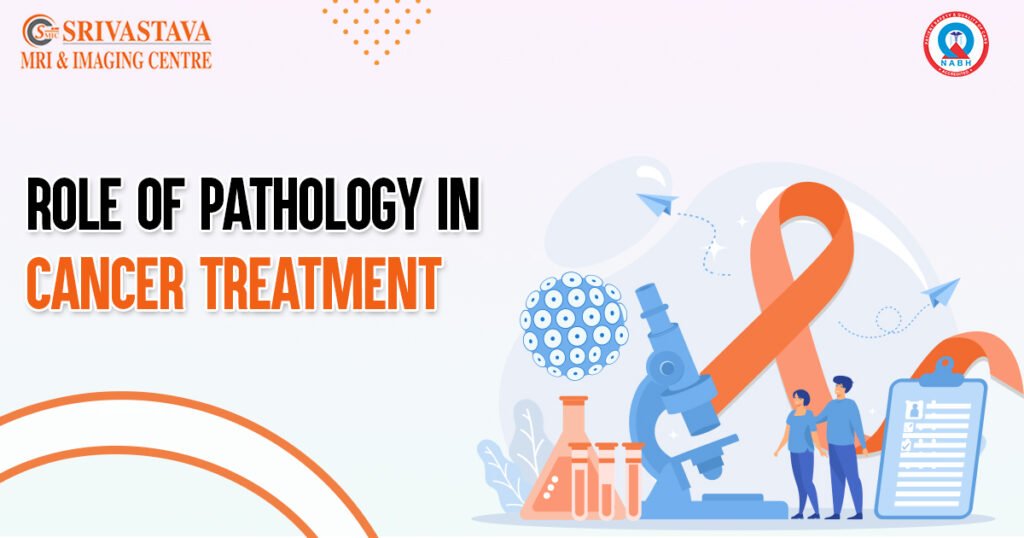In the realm of modern medicine, the fight against cancer is an ongoing battle. Pathology, the branch of medical science that studies diseases, plays a pivotal role in diagnosing and treating cancer. From identifying cancerous cells to guiding treatment decisions, pathology is a key player in the fight against this formidable adversary. Today, we’ll explore the significance of pathology in cancer treatment, shedding light on how accurate diagnoses from centres like Srivastava MRI & Imaging Centre and the use of advanced imaging techniques like MRI and CT scans near Apollo Hospital contribute to the battle against cancer.
Early Detection through Imaging:
Modern medical imaging technologies such as MRI and CT scans, offered by facilities like the MRI Centre in Jasola, have revolutionized the early detection of cancer. These imaging techniques enable healthcare professionals to identify abnormal growths, tumours, and their locations with remarkable precision. This early detection is a crucial first step in diagnosing cancer.
Biopsy and Tissue Analysis:
When a suspicious growth or tumour is detected through imaging, a biopsy is often necessary to confirm whether it is cancerous. Pathologists at centres like Srivastava MRI & Imaging Centre play a vital role in this process. They examine tissue samples obtained through biopsies and assess them for cancer cells. The pathologist’s report provides crucial information about the type and stage of cancer, which is essential for planning treatment.
Determining Cancer Stage:
Cancer staging is a critical aspect of treatment planning. Pathologists use information from imaging studies, biopsies, and surgical specimens to determine the extent of cancer’s spread within the body. This helps oncologists make informed decisions regarding the most suitable treatment approach, whether it’s surgery, chemotherapy, radiation therapy, or a combination of these.
Personalized Treatment Plans:
Advancements in pathology have enabled the development of personalized treatment plans. By analyzing the genetic makeup of cancer cells, pathologists can identify specific mutations or markers that may respond to targeted therapies. This allows oncologists to tailor treatments to individual patients, maximizing their effectiveness while minimizing side effects.
Monitoring Treatment Response:
Pathology continues to play a role throughout the cancer treatment journey. Pathologists assess how cancer cells respond to treatment through the analysis of follow-up biopsies or surgical specimens. This information helps oncologists make adjustments to the treatment plan, ensuring the best possible outcome for the patient.
Predicting Prognosis:
Pathology also aids in predicting a patient’s prognosis. By analyzing the characteristics of cancer cells and the extent of their spread, pathologists can provide valuable insights into the likely course of the disease. This information helps patients and their families better understand what to expect and make informed decisions regarding their care.
In conclusion, pathology is an indispensable component of cancer diagnosis and treatment. From early detection through advanced imaging technologies like MRI and CT scans at facilities such as the MRI Centre in Jasola to the meticulous analysis of tissue samples by experts at Srivastava MRI & Imaging Centre, pathology guides every step of the cancer treatment journey. It empowers healthcare professionals to make informed decisions, offer personalized treatments, and provide patients with the best possible chance of overcoming this challenging disease. In the ongoing fight against cancer, pathology is a beacon of hope, driving progress and improved outcomes for patients worldwide.



